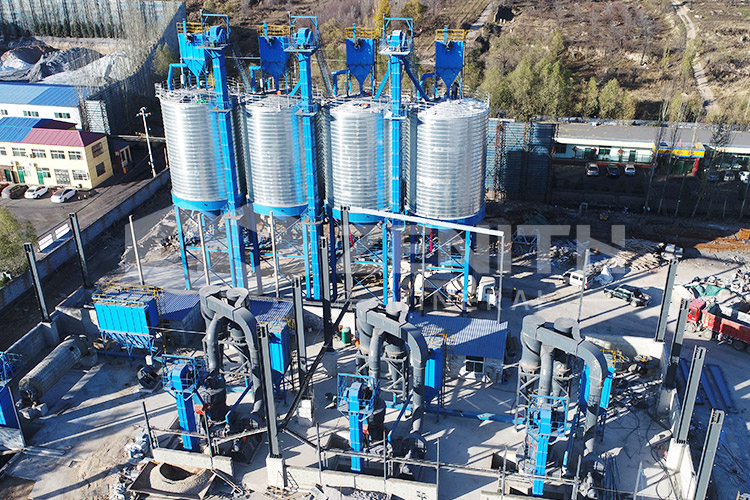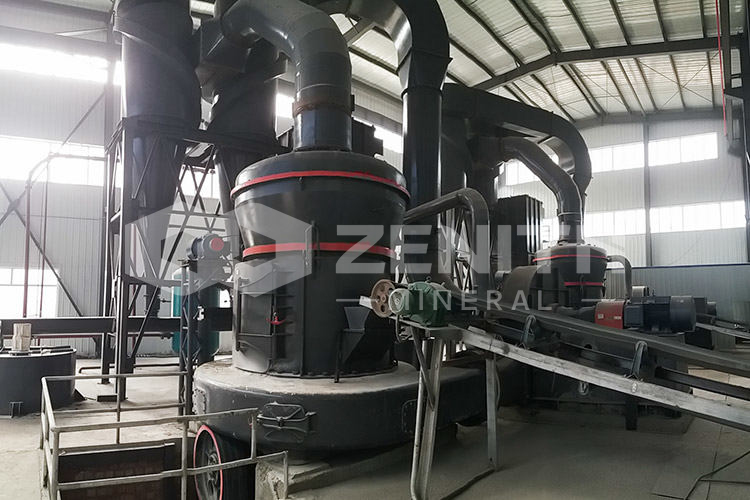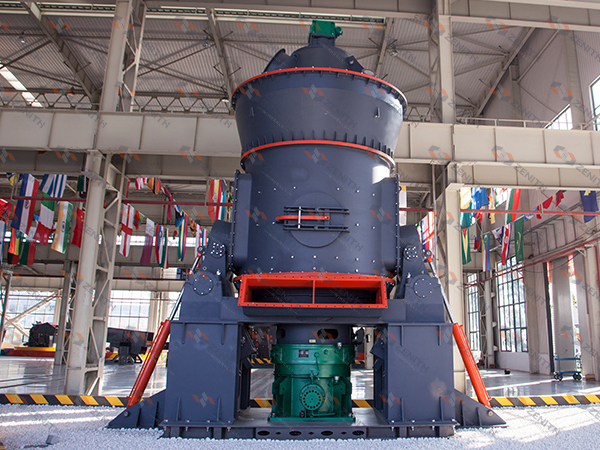Equipment selection for dolomite powder preparation project for coatings
2025-11-09 12:31:20
Selecting the optimal grinding equipment for dolomite powder preparation in coating applications requires careful consideration of technical specifications, production requirements, and economic factors. As a leading industrial powder grinding equipment manufacturer with ISO, CE, and CU-TR certifications, Zenith Machinery offers comprehensive solutions tailored to the specific needs of coating manufacturers worldwide.
The coating industry demands dolomite powders with precise particle size distribution, high whiteness, and consistent chemical composition. Dolomite serves as both an extender and functional filler in coatings, improving durability, weather resistance, and surface finish. The choice of grinding technology directly impacts product quality, production efficiency, and operational costs.
_1762662680890.jpg)
Key Considerations for Dolomite Grinding in Coatings
Coating formulations typically require dolomite powders ranging from 400 to 1250 mesh for optimal performance. The equipment must maintain consistent particle size distribution while ensuring minimal iron contamination, which could affect color stability. Energy efficiency becomes increasingly important given the rising energy costs and environmental regulations.
Our technical analysis reveals that different coating applications demand specific powder characteristics. Architectural coatings often require 400-800 mesh powders with good dispersion properties, while industrial and specialty coatings may need ultrafine powders up to 1250 mesh for superior surface finish and opacity.
Equipment Comparison and Recommendations
Based on our extensive experience and product portfolio, we recommend the following equipment for dolomite powder preparation in coating applications:

LUM Ultrafine Vertical Grinding Mill
For high-end coating applications requiring ultrafine powders (1250-2500 mesh), the LUM Ultrafine Vertical Grinding Mill represents the optimal choice. This advanced system integrates German powder separating technology and Taiwanese grinding roller technology, delivering exceptional purity and precise particle size control. The mill's ability to reduce energy consumption by 30-50% compared to conventional mills makes it economically attractive for premium coating production.
The LUM mill's hydraulic adjustment system enables quick maintenance and replacement of vulnerable parts, minimizing downtime. Its sealed operation under negative pressure ensures dust-free production, meeting stringent environmental standards while maintaining product purity essential for high-quality coatings.
XZM Ultrafine Grinding Mill
For coating manufacturers requiring flexible production across multiple fineness ranges (325-3250 mesh), the XZM Ultrafine Grinding Mill offers unparalleled versatility. The variable frequency drive classifier allows precise adjustment of powder size through simple control panel settings, enabling quick product changeovers for different coating formulations.
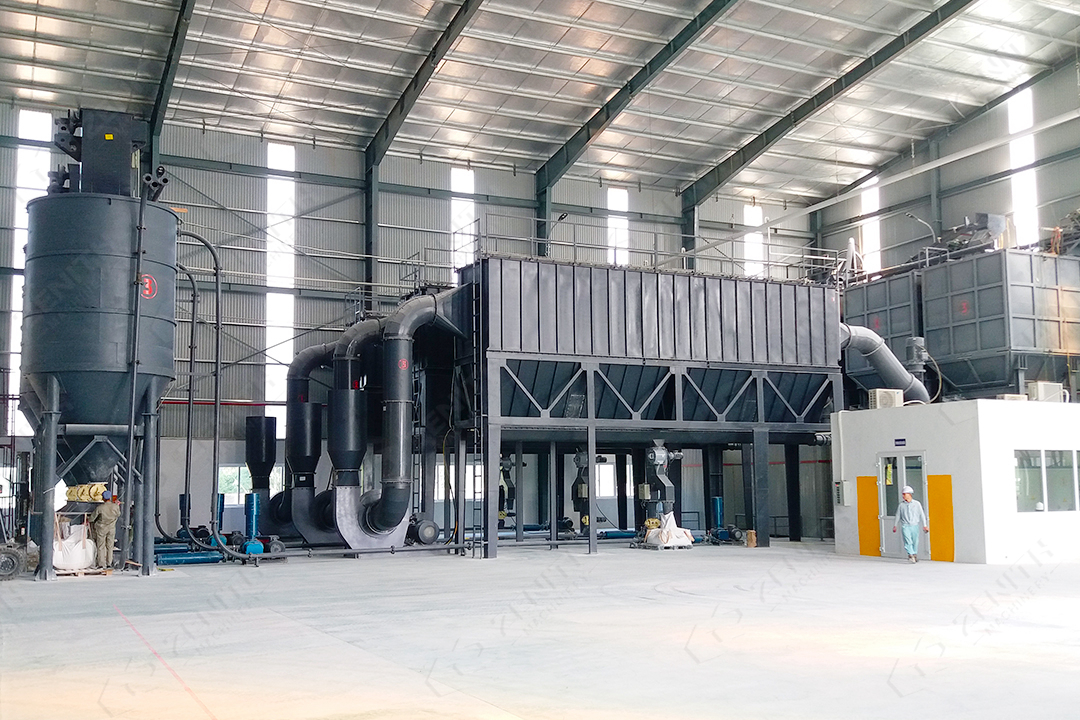
The XZM mill's simple internal structure reduces maintenance requirements and downtime, while its energy efficiency (40% higher efficiency and 70% lower energy consumption than air-flow mills) provides significant operational cost savings. The absence of rolling bearings and screws in the grinding chamber eliminates common failure points, ensuring reliable continuous operation.
MTW European Trapezium Mill
For large-scale production of fine dolomite powders (80-400 mesh) for standard coating applications, the MTW European Trapezium Mill delivers exceptional performance and reliability. With capacity up to 50 TPH and energy consumption 60% lower than ball mills, this equipment represents the ideal balance between production capacity and operating costs.
The MTW mill's modular impeller adjustment system enables quick fineness changes, while the high-efficiency impeller fan (85% air induction efficiency) ensures optimal system performance. The complete production system from bulk material to finished powder reduces infrastructure investment and space requirements.
Technical Advantages for Coating Applications
Our grinding equipment incorporates several features specifically beneficial for coating-grade dolomite production. The ability to control iron content ensures the whiteness and color stability critical for coating formulations. Advanced classification systems provide narrow particle size distributions, enhancing the coating's application properties and final appearance.
_1762662680905.jpg)
The environmental performance of our grinding systems meets international standards, with pulse dust collectors and negative pressure operation preventing powder contamination. This is particularly important for coating manufacturers operating in regulated environments and seeking to minimize their environmental footprint.
Project Implementation Considerations
Successful implementation of dolomite grinding projects for coatings requires comprehensive planning. Our global network of technical support ensures proper equipment selection, installation, and ongoing maintenance. The choice between different grinding technologies should consider production volume, target fineness, quality requirements, and budget constraints.
For new coating production facilities, we recommend conducting material tests at our technical centers to optimize equipment configuration and process parameters. Existing operations can benefit from our equipment upgrade programs, improving efficiency and product quality while minimizing capital investment.
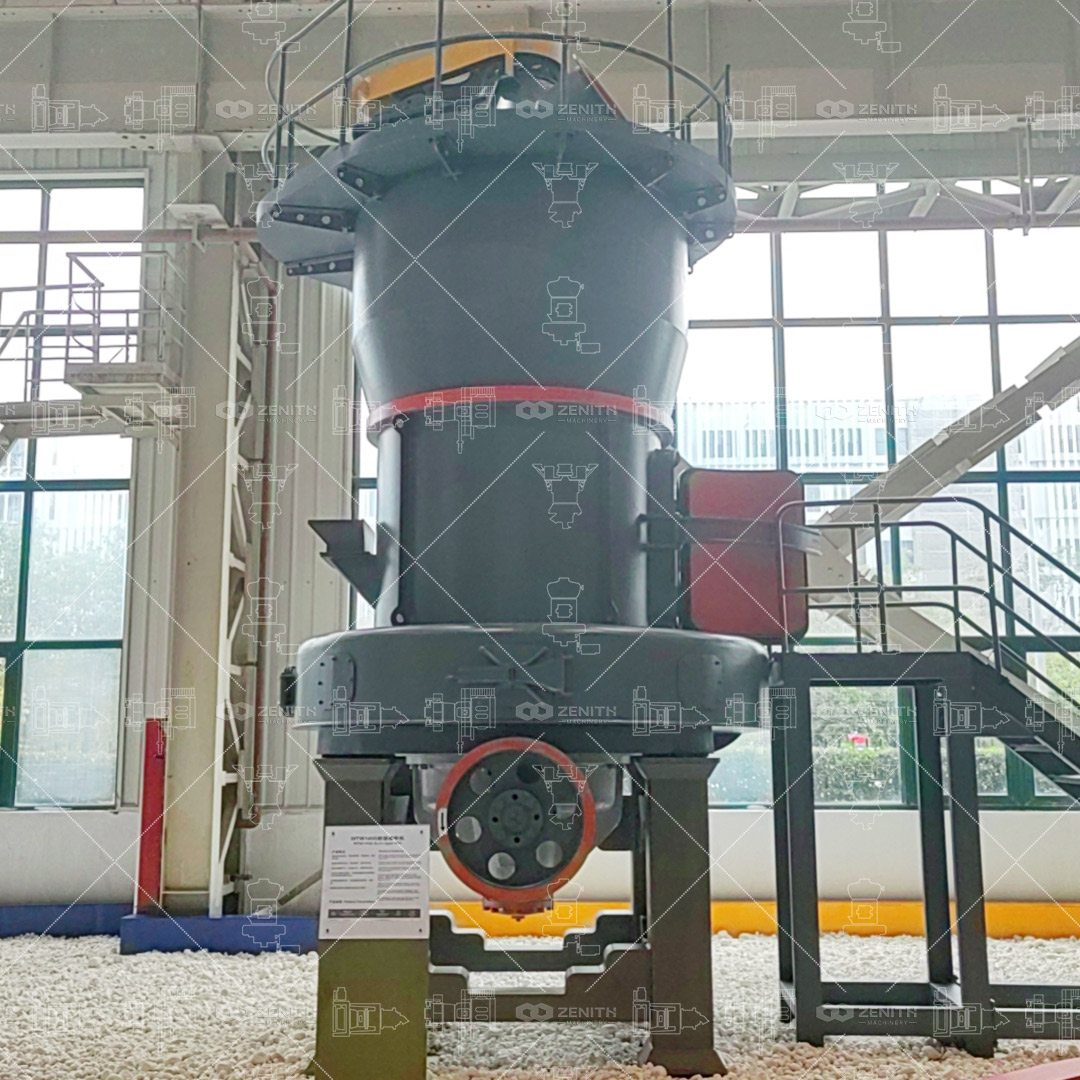
Our equipment's compatibility with automated control systems enables integration with modern coating production facilities, supporting Industry 4.0 initiatives and digital transformation in the coatings industry.
Frequently Asked Questions
What is the typical energy consumption for grinding dolomite to coating-grade fineness?
Energy consumption varies by equipment type and target fineness. Our MTW and MTM series mills consume 60% less energy than traditional ball mills, while LUM vertical mills reduce energy usage by 30-50% compared to conventional ultrafine grinding equipment.
How does dolomite powder fineness affect coating performance?
Finer dolomite powders (800-1250 mesh) provide better opacity, smoother surface finish, and improved dispersion in coating formulations. Coarser powders (400-800 mesh) offer cost advantages for architectural coatings where ultra-smooth finishes are less critical.
What maintenance intervals are required for these grinding systems?
Maintenance requirements vary by equipment. LUM and XZM mills typically require major maintenance every 8000 operating hours, while MTW series mills can operate for 10000 hours between major services. Regular preventive maintenance includes roller and liner inspections every 2000 hours.
Can the same equipment process different mineral fillers for coatings?
Yes, our grinding systems are designed for multiple mineral applications including calcite, talc, barite, and kaolin. Quick-adjustment features allow rapid product changeovers with minimal downtime between different mineral processing.
What environmental compliance standards do your equipment meet?
Our grinding systems comply with international environmental standards including EU CE certification and Customs Union CU-TR requirements. Dust emissions are maintained below 20 mg/Nm³ through advanced pulse jet dust collection systems.
How does your equipment ensure consistent powder quality for coatings?
Advanced classification systems with precision air flow control maintain consistent particle size distribution. Automated monitoring systems track key parameters including fineness, moisture content, and production rate to ensure quality consistency.
What technical support is available after equipment installation?
We provide comprehensive technical support through our global network of 30+ overseas offices. Services include remote monitoring, preventive maintenance programs, spare parts supply, and operational training for your technical team.



